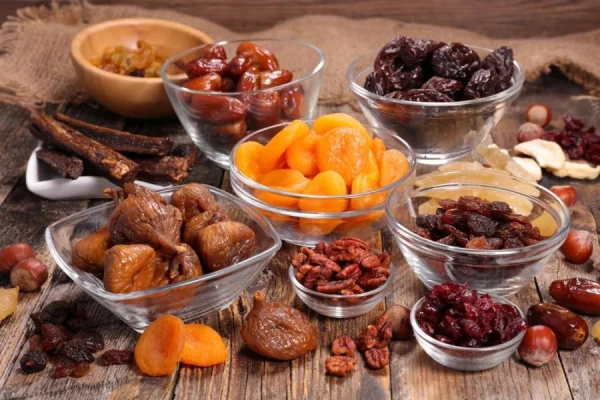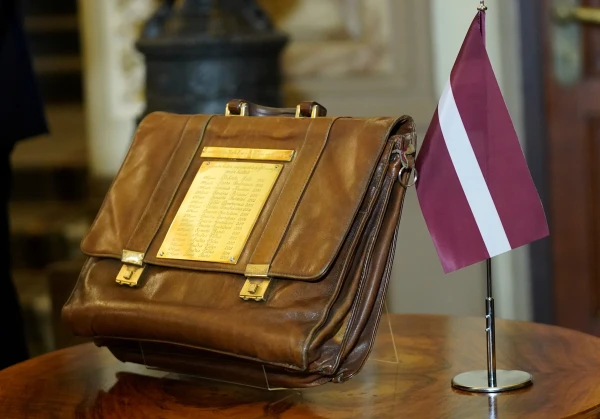
The bubbles we see in a glass of beer are carbon dioxide. It is formed during the fermentation of the beer wort, and additional CO2 is added to the beer when it is canned and bottled. When the pressure decreases — that is, when a can or bottle is opened — carbon dioxide seeks to escape from the supersaturated solution.
A group of researchers from the University of Reims set out to determine how many bubbles form in beer from the moment it is opened until they completely cease to appear. For the experiment, beer with an alcohol content of 5% in a 250 ml volume was poured into a half-liter glass at a temperature of 6 °C.
The number of bubbles varied from 200,000 to 2 million. The main factors affecting the "bubbliness" of beer include the concentration of carbon dioxide, the size of the bubbles (which increase as they rise to the surface), and the time during which the bubbles form. At some point, carbon dioxide stops escaping from the liquid into the air, and this moment depends on various factors: the temperature of the beer, the volume, and, of course, the concentration of CO2.
The results of the study were published in the journal ACS Omega. The taste of beer, among other things, depends on its carbonation, that is, on the bubbles, so this research may prove useful for brewers.













